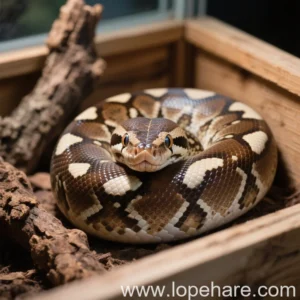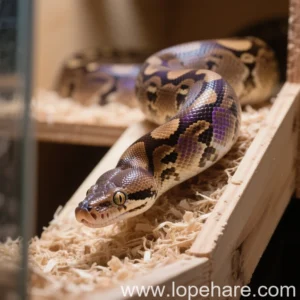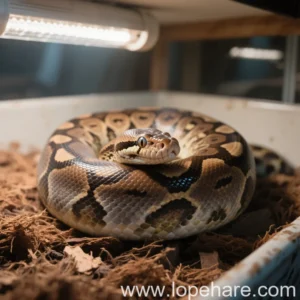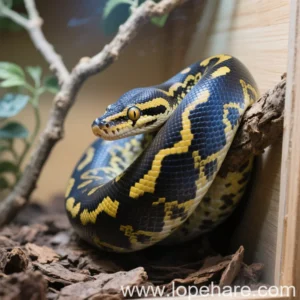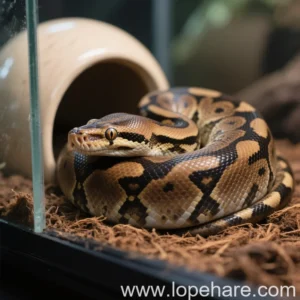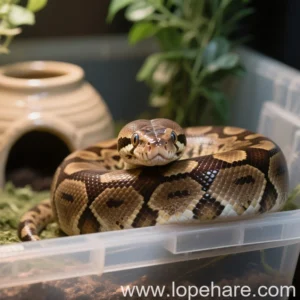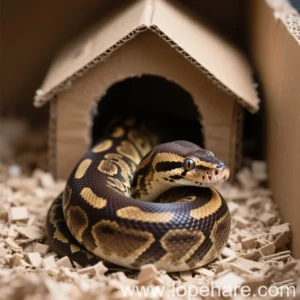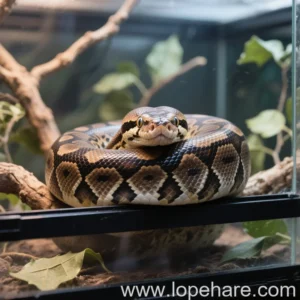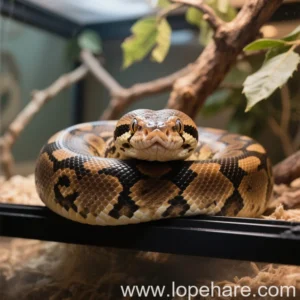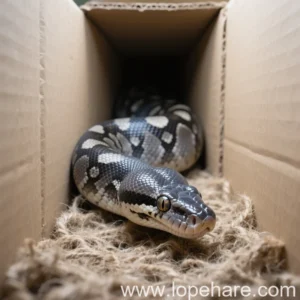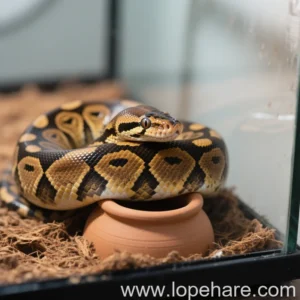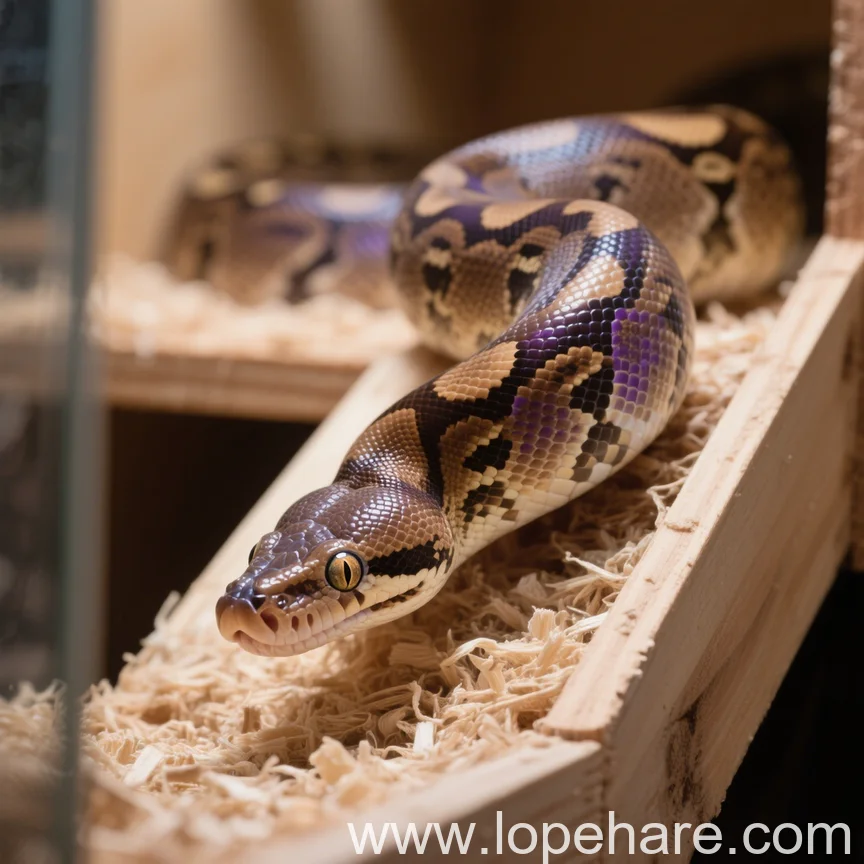
Reptile Husbandry
Ball Python Quarantine Protocol: Preventing Disease Spread in Multi-Snake Setups
As dedicated keepers of unique pets here at lopehare, we know the joy of expanding your collection. Ball Pythons (*Python regius*) are a popular choice, known for their docile nature and stunning morphs. However, introducing a new one, especially into a multi-snake household, carries inherent risks. Skipping quarantine is a gamble you simply can’t afford. It’s the single most effective measure for preventing the introduction and spread of potentially devastating diseases and parasites among your existing animals. This guide outlines the essential steps for a successful Ball Python quarantine, a critical component of responsible ball python husbandry.
What is Quarantine and Why It’s Essential
Quarantine is a period of isolation for any new animal before it joins your established pets. Its fundamental purpose is to monitor the animal for signs of illness or parasites, provide necessary treatment if issues arise, and prevent contagion to your existing collection. Reptiles, including Ball Pythons, can carry pathogens or parasites without showing immediate clinical symptoms. Stress from capture, shipping, and relocation can also trigger latent health issues that might otherwise remain dormant.
Common risks include external parasites like reptile mites (often *Hirstiella* species or other related genera), and internal parasites such as nematodes (roundworms), cestodes (tapeworms), and protozoa like *Cryptosporidium*. While less common in typical pet trade Ball Pythons compared to some other constrictors, serious viral infections like Reptile Inclusion Body Disease (IBD) in certain python lineages highlight the devastating potential of introducing unseen pathogens. Imagine bringing in a snake with a hidden respiratory infection or a mite infestation – it could quickly spread through your entire collection, leading to costly veterinary treatments, prolonged stress, and potential loss of animals. This is precisely why learning how to quarantine a new ball python correctly is paramount.
Setting Up the Quarantine Enclosure
A quarantine enclosure should prioritize simplicity, visibility, and ease of sanitation above aesthetics. For a juvenile or adult Ball Python, a plastic tub with a secure lid and adequate ventilation holes (drilled safely) or a similarly sized minimalist glass tank with a screen lid are suitable. A common size for an adult Ball Python might be a 30-40 gallon equivalent tub or tank, allowing for a thermal gradient. The substrate should be non-particulate and disposable – plain newspaper, paper towels, or unprinted butcher paper are ideal. These substrates make it incredibly easy to spot external parasites like mites, visualize fecal consistency, or see regurgitation.
Heating must be precisely controlled via a reliable thermostat. An under-tank heater covering about one-third of the enclosure floor is a common method, providing crucial belly heat for digestion. Alternatively, a ceramic heat emitter mounted above can work, ensuring no visible light is produced that could disrupt the snake’s day/night cycle. Use a temperature gun to accurately measure surface temperatures, ensuring a basking spot temperature around 88-92°F (31-33°C) and a cooler ambient side in the low 70s°F (approx. 22-24°C). A simple, non-porous hide (like a plastic or ceramic hide or a cardboard box) is essential for providing security for the snake. A heavy, easy-to-clean water bowl should be provided, ensuring it’s not easily tipped over. While not strictly necessary in a sterile quarantine setup, digital hygrometers/thermometers can be useful for monitoring ambient conditions, though the primary focus during quarantine is on hygiene and direct observation.
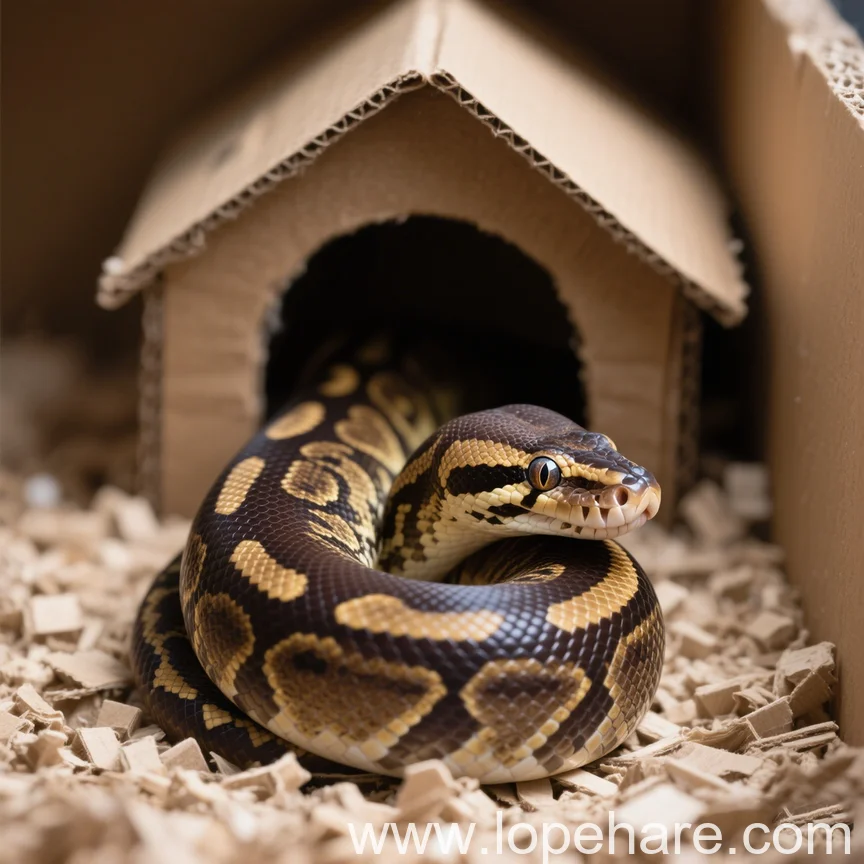
Quarantine Protocol Steps
Initial Health Assessment
Immediately upon receiving the new Ball Python, perform a gentle, thorough physical examination. Be calm and observe the snake’s demeanor. Check its alertness and body condition (is it thin? plump? are ribs visible?). Look for any kinks or lumps along the spine, which could indicate past injury or congenital issues. Examine the head closely: are the eyes clear and free of discharge? Are the nostrils free of discharge or bubbling mucus? Is the mouth clean with no cheesy substance (indicative of mouth rot or Stomatitis) along the gum line? Inspect the skin for mites (look carefully around the eyes, chin, and in the scale pits, especially after shedding). Check the cloaca for swelling or discharge. Weigh the snake accurately using a digital scale and record this along with the date, place of purchase/source, and any initial observations. This initial data point is invaluable for tracking health and progress.
Minimum Duration: The 90-Day Standard
The widely accepted minimum quarantine period for reptiles, including Ball Pythons, is 90 days. Why this specific duration? This period is based on the life cycles of many common reptile parasites. Many egg or cyst stages require several weeks to hatch or become infective, and subsequent generations need time to proliferate to detectable levels. Furthermore, some bacterial or viral infections can have incubation periods of several weeks before clinical signs appear, especially if the snake is stressed. Maintaining the snake in optimal, stress-free conditions for 90 days allows potential latent issues to surface and be identified and treated effectively before the snake poses a risk to your established collection. Some experienced keepers even extend this period to 4-6 months for added caution, particularly with animals sourced from large collections or unknown origins.
Feeding and Monitoring
Offer food appropriate for the snake’s size after it has had a few days to settle in and seems comfortable in its new environment. Observe feeding behavior closely. Note the date of feeding and whether the prey was consumed. Monitor for regurgitation, which is a significant sign of stress, illness, or improper temperatures. Daily visual checks are non-negotiable. Look for changes in posture, activity levels, breathing patterns (labored breathing, open-mouth breathing, clicking sounds), presence of mucus or bubbles around the nose/mouth, abnormal feces (color, consistency, presence of visible parasites like worms), or skin issues (lesions, swelling, abnormal shedding). Pay attention to changes in attitude – is the snake less responsive than expected, or unusually defensive? Keeping detailed records of observations is highly recommended.
Strict Hygiene Measures
Preventing cross-contamination is fundamental to Ball Python disease prevention in multi-snake homes. Always tend to your established snakes FIRST, and the quarantine snake LAST. This simple rule ensures you don’t inadvertently carry potential pathogens from the new snake to your healthy ones. Dedicate specific equipment (feeding tongs, water bowls, hides, cleaning brushes) to the quarantine enclosure. If equipment must be shared, it must be thoroughly cleaned and disinfected *after* use with the quarantine snake and *before* use with any other animal. Handwashing is paramount – wash your hands with soap and hot water *before* handling any snake and *immediately after* handling the quarantine snake. Consider using disposable gloves when cleaning the quarantine enclosure.
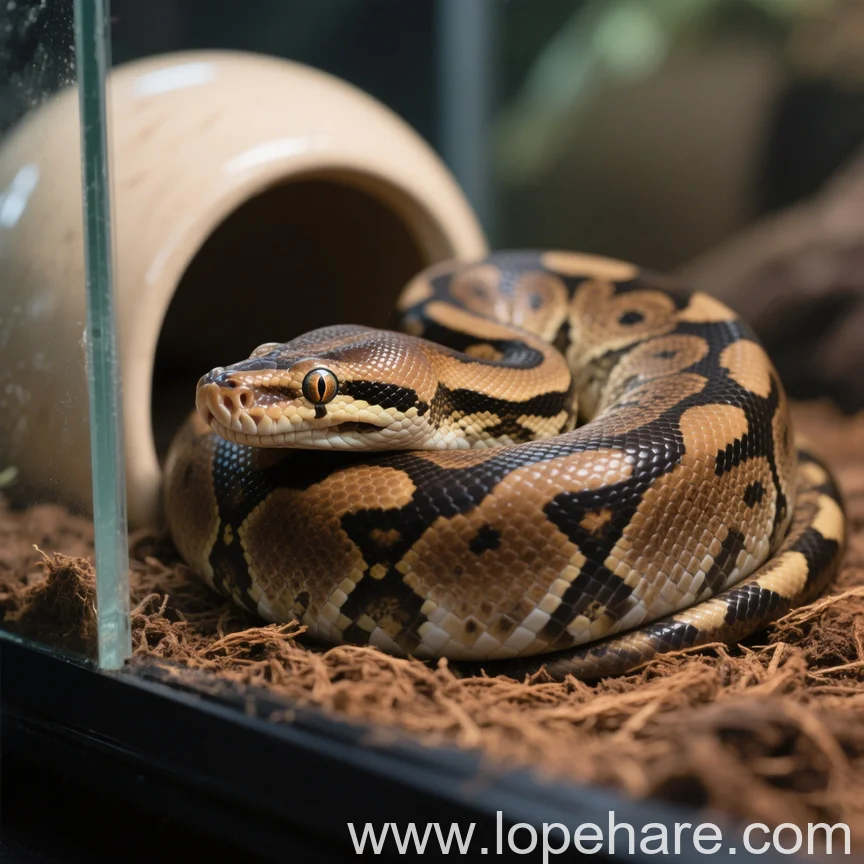
Fecal Parasite Screening
Obtaining a fresh fecal sample and having it tested is a cornerstone of effective quarantine. Collect a fresh sample as soon as possible after arrival (within the first week or two) and submit it to a veterinarian experienced in reptile parasitology for analysis. They will check for helminth eggs (like roundworms or pinworms) and protozoan cysts (like coccidia or Cryptosporidium). A second fecal test 6-8 weeks later is a wise precaution, as some parasite life cycles might not be caught in the first test, or low-level infections may become more apparent. Treating any identified parasites based on veterinary recommendations is crucial before the snake leaves quarantine. This step alone can prevent significant health issues down the line.
Veterinary Wellness Check
A visit to a qualified reptile veterinarian is highly recommended during the quarantine period. Inform the clinic when booking that this is a quarantine appointment for a new arrival. The vet can perform a thorough physical exam, discuss your observations and the snake’s history, interpret fecal test results, and recommend further diagnostics if needed (e.g., blood work to check organ function, cultures for suspected bacterial infections, or testing for specific viruses like IBD if there is a perceived risk based on origin or symptoms). Getting a professional “all clear” from a knowledgeable reptile vet is the ideal way to conclude the quarantine period with confidence.
Transitioning Out of Quarantine
After the full 90-day period (or longer if you chose), provided the snake has shown no signs of illness, had clear fecal tests (and any identified issues were successfully treated and confirmed clear), and ideally received a veterinary clearance, you can prepare to introduce it to your main collection area. Give the snake a final, thorough visual check. Ensure its intended permanent enclosure is meticulously cleaned and set up correctly for a Ball Python, providing appropriate heat, humidity, hides, and climbing opportunities. Once moved, continue monitoring the new snake and your established collection closely for a few weeks to ensure a smooth transition and no unexpected issues arise.
Common Quarantine Challenges
It’s important to be prepared for potential issues during quarantine. Some new Ball Pythons may refuse food initially due to stress from relocation; patience and maintaining perfect husbandry parameters (heat, humidity, security) are key. Mites are a common issue upon arrival; they require specific treatment protocols involving reptile-safe sprays or soaks and meticulous enclosure disinfection, often repeated over several weeks to break the life cycle. Respiratory infections often manifest as wheezing, nasal discharge, or open-mouth breathing and require immediate veterinary diagnosis and antibiotic treatment. Identifying and addressing these issues *during* quarantine prevents them from spreading and becoming a crisis in your main collection. Being proactive and prepared is the best approach.
Conclusion
At lopehare, our goal is to help you provide the best possible care for your unique pets. While setting up and maintaining a strict quarantine protocol requires time, effort, and a small initial investment, it is an indispensable step for anyone keeping multiple snakes. It dramatically reduces the risk of devastating disease outbreaks that can cause heartbreak, significant financial burden in vet bills, and potential loss of beloved animals. By diligently following this protocol – from initial setup and daily monitoring to fecal testing and veterinary checks – you are not just performing a necessary task; you are actively engaging in responsible ball python husbandry, ensuring a safer, healthier environment for every animal under your care. Implement this strategy, and enjoy your thriving, healthy Ball Python collection for years to come.
Citations
- Ball Python. (2024, May 20). In Wikipedia. https://en.wikipedia.org/wiki/Ball_python
